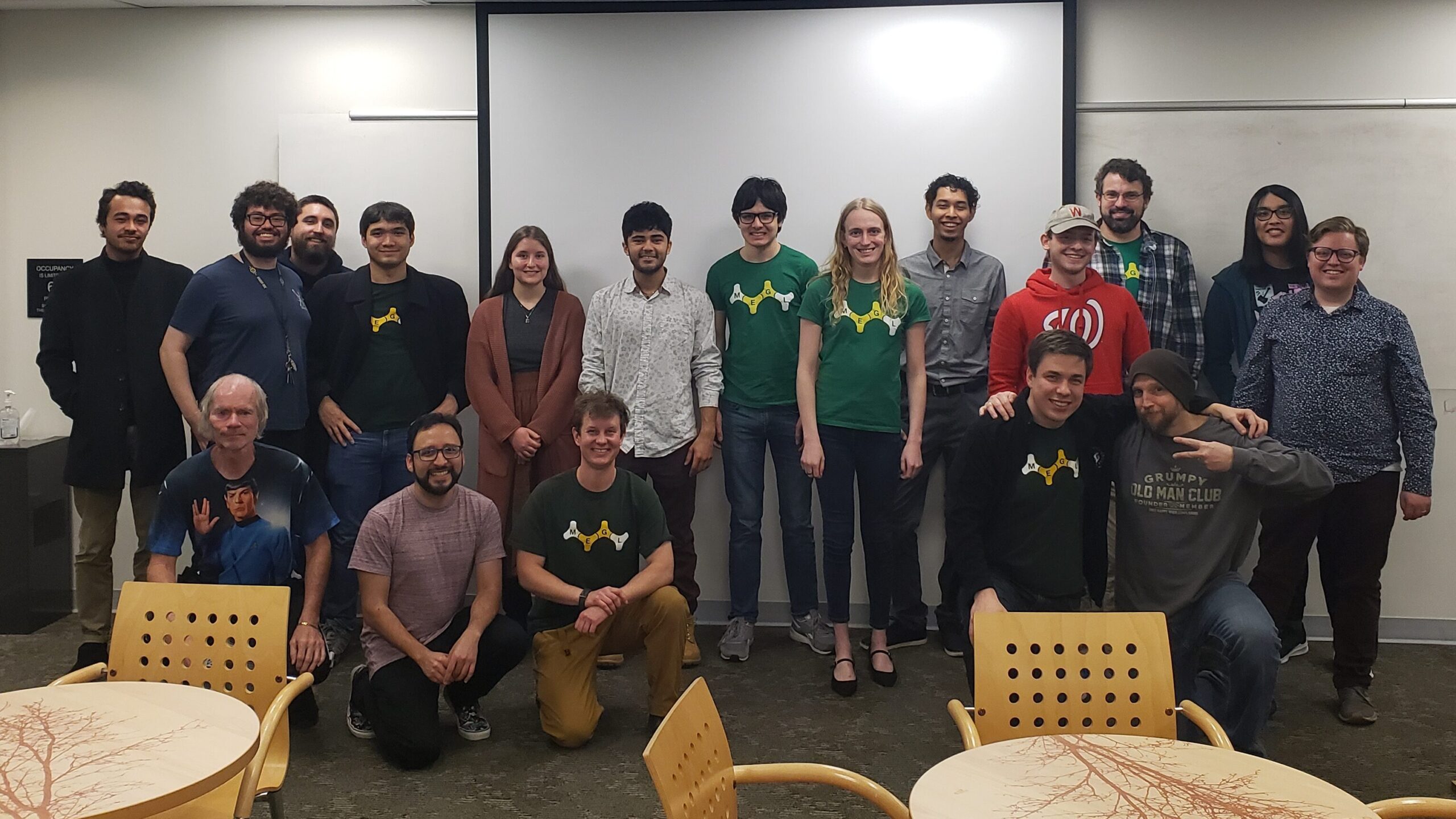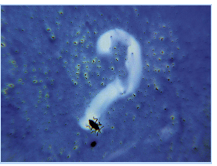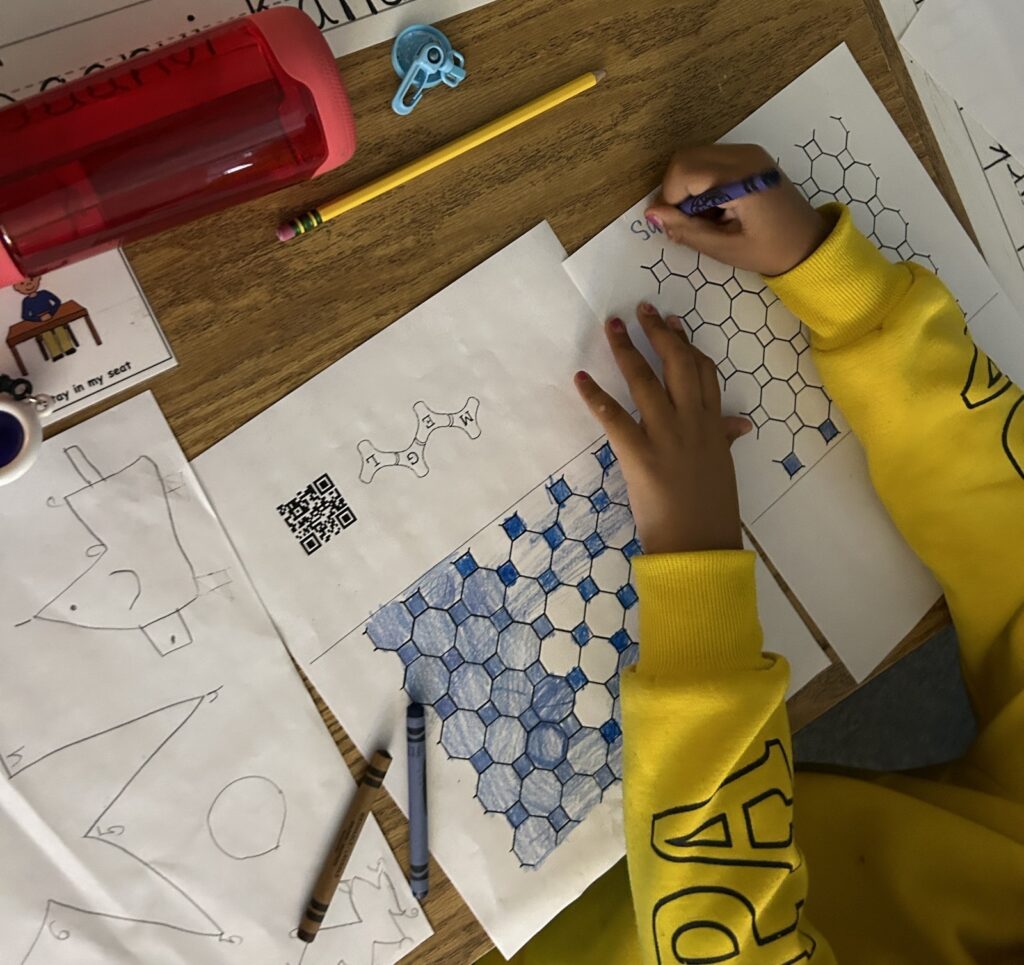
MEGL ran a 6 project program with 45 participants between faculty, graduate research assistants, and undergraduate research interns. The research projects were titled
- Universal Cycles in Higher Dimensions
- Optimal Embedding of a Homogenous Tree in the Hyperbolic Disk
- Principal Minors of the Fourier Matrix
- Monte Carlo, Las Vegas, and Quantum Algorithms for Quantum Systems
- Proebsting’s Paradox
- Biological Locomotion via Surface Tension
In addition to the research projects, MEGL is running an Outreach program, which exposes K-12 students to important mathematical concepts through visualizations and hands-on activities.
The research teams met weekly to generate empirical data which helps them form, and then explore mathematical conjectures based on observed patterns.
At the end of the semester, the research teams presented their findings at a poster session followed by a Symposium, which included talks from a keynote speaker and two honors thesis presentations. For project descriptions and names of the researchers involved, click the boxes below.






